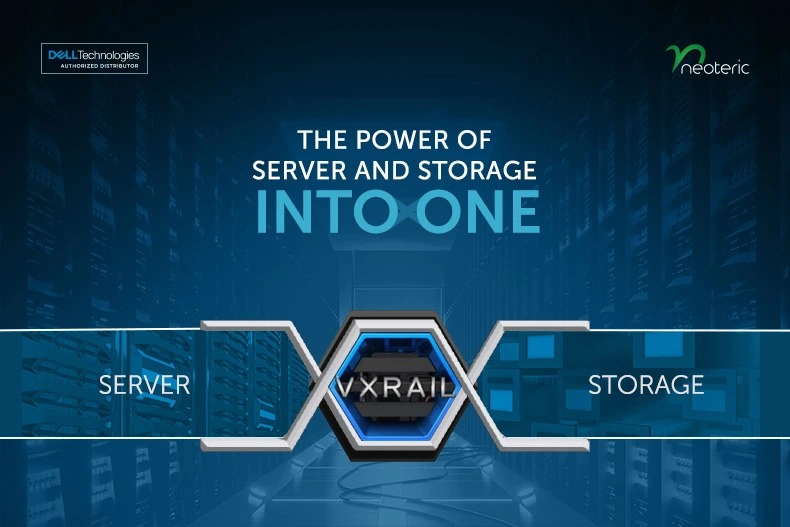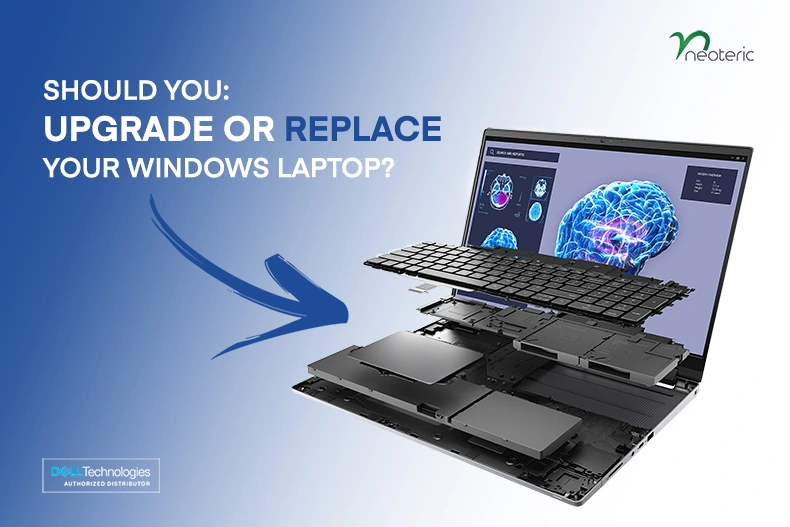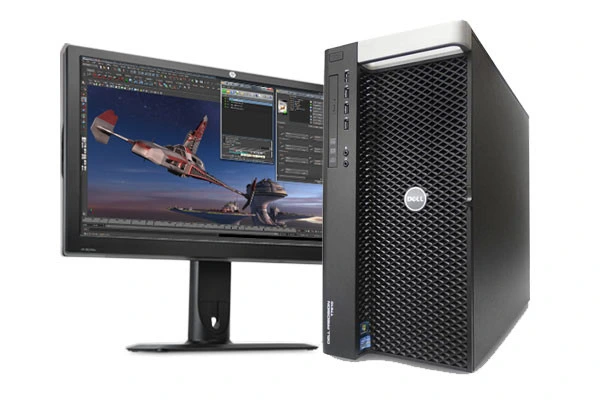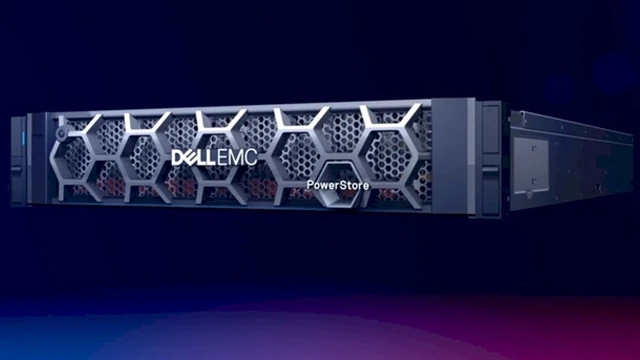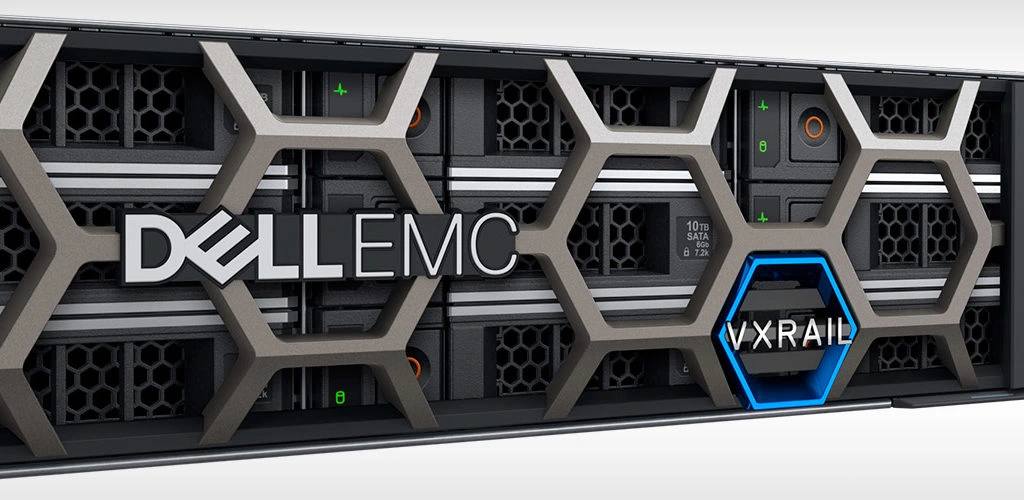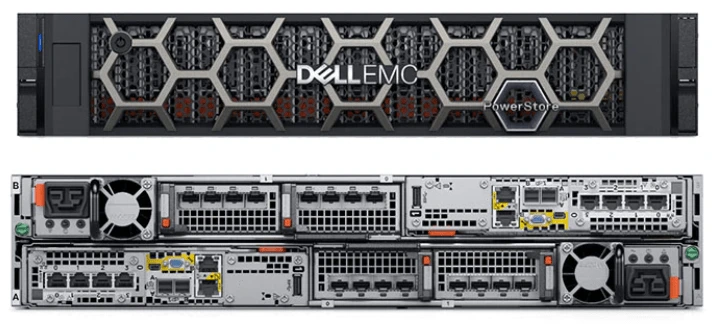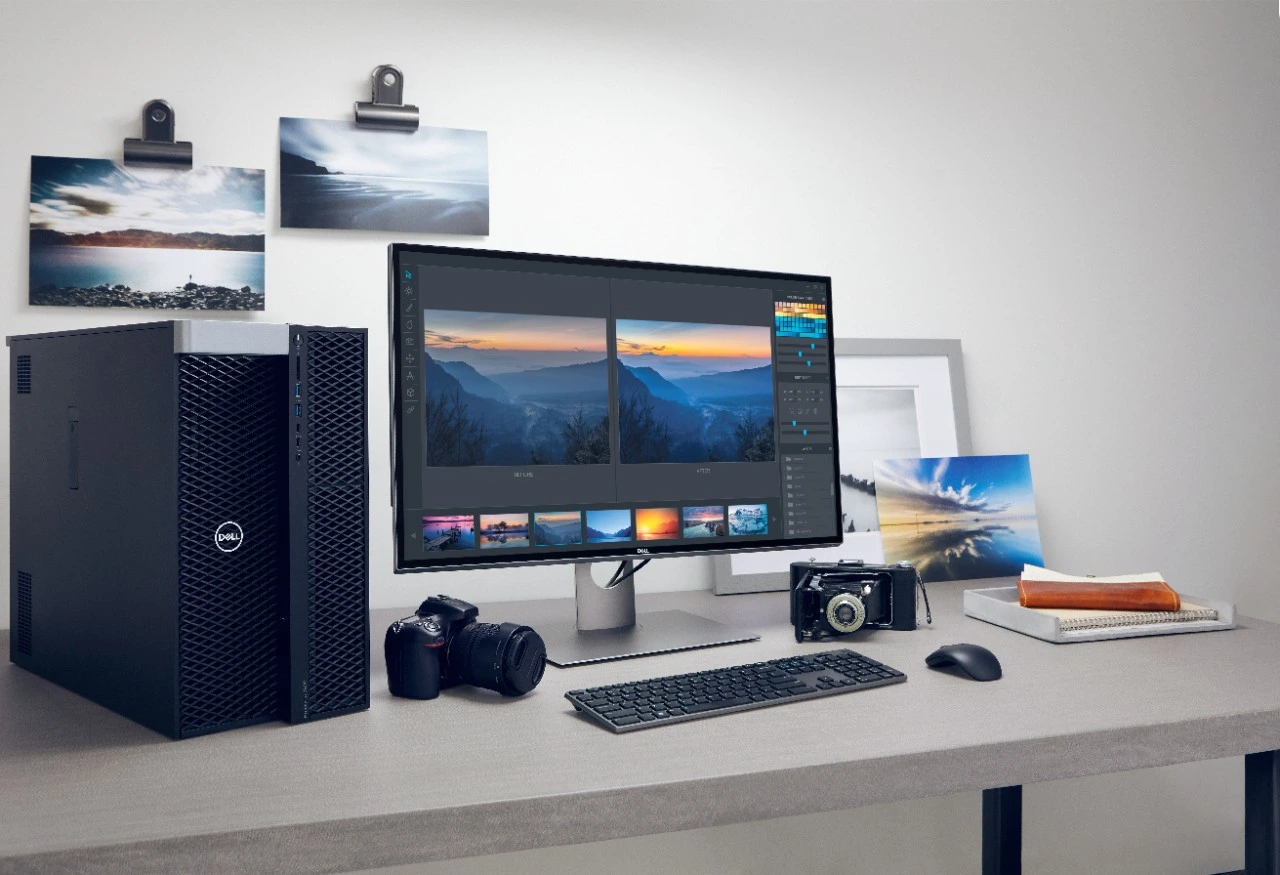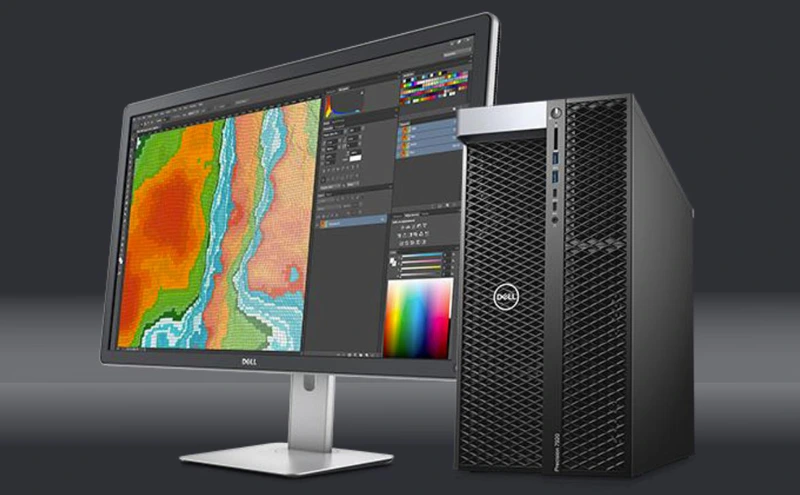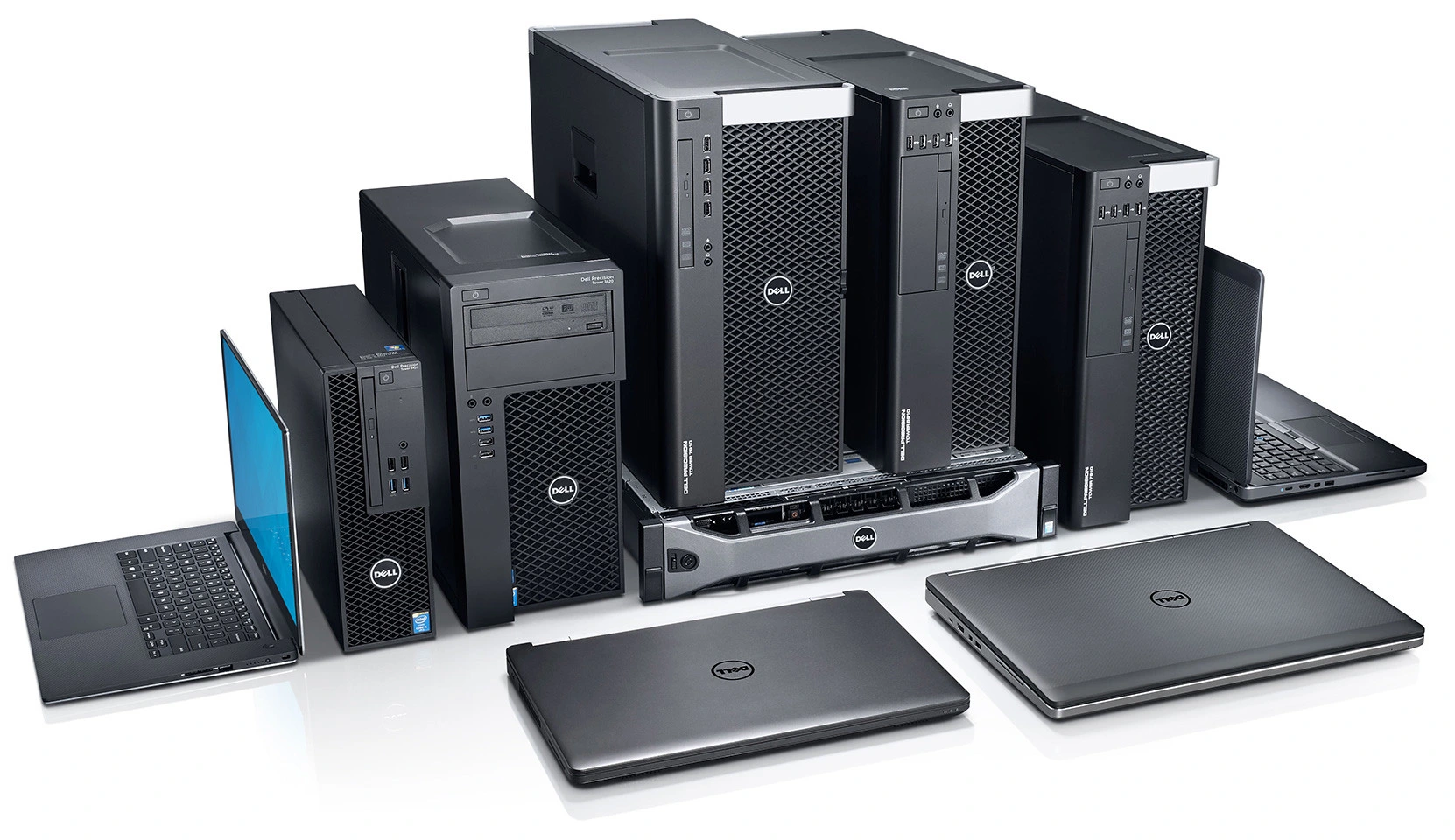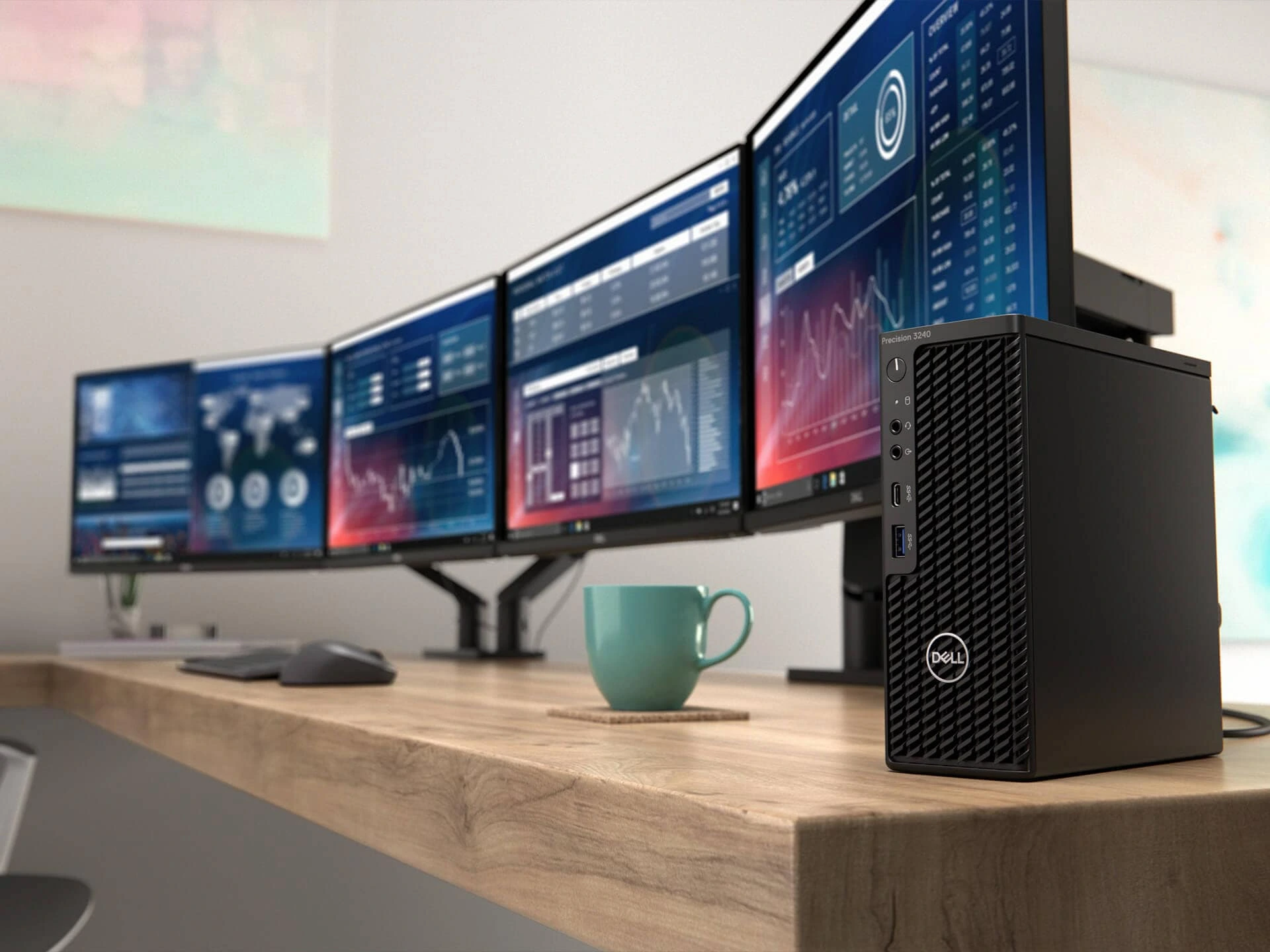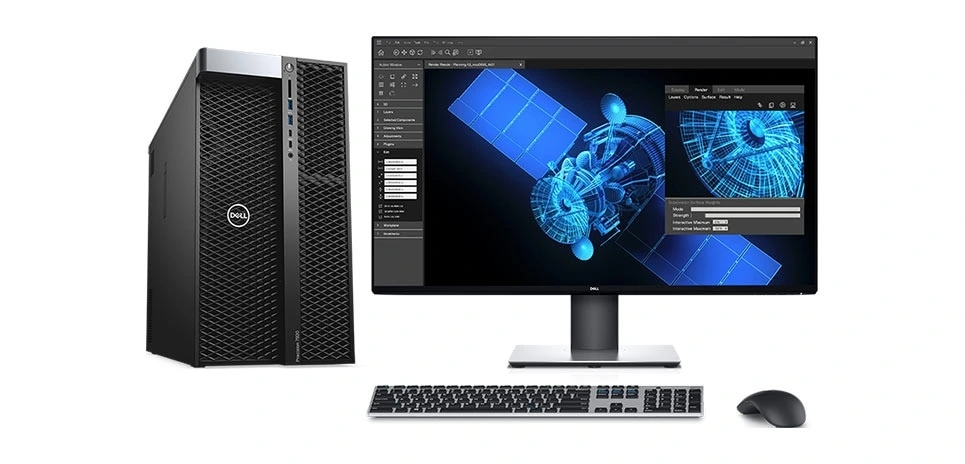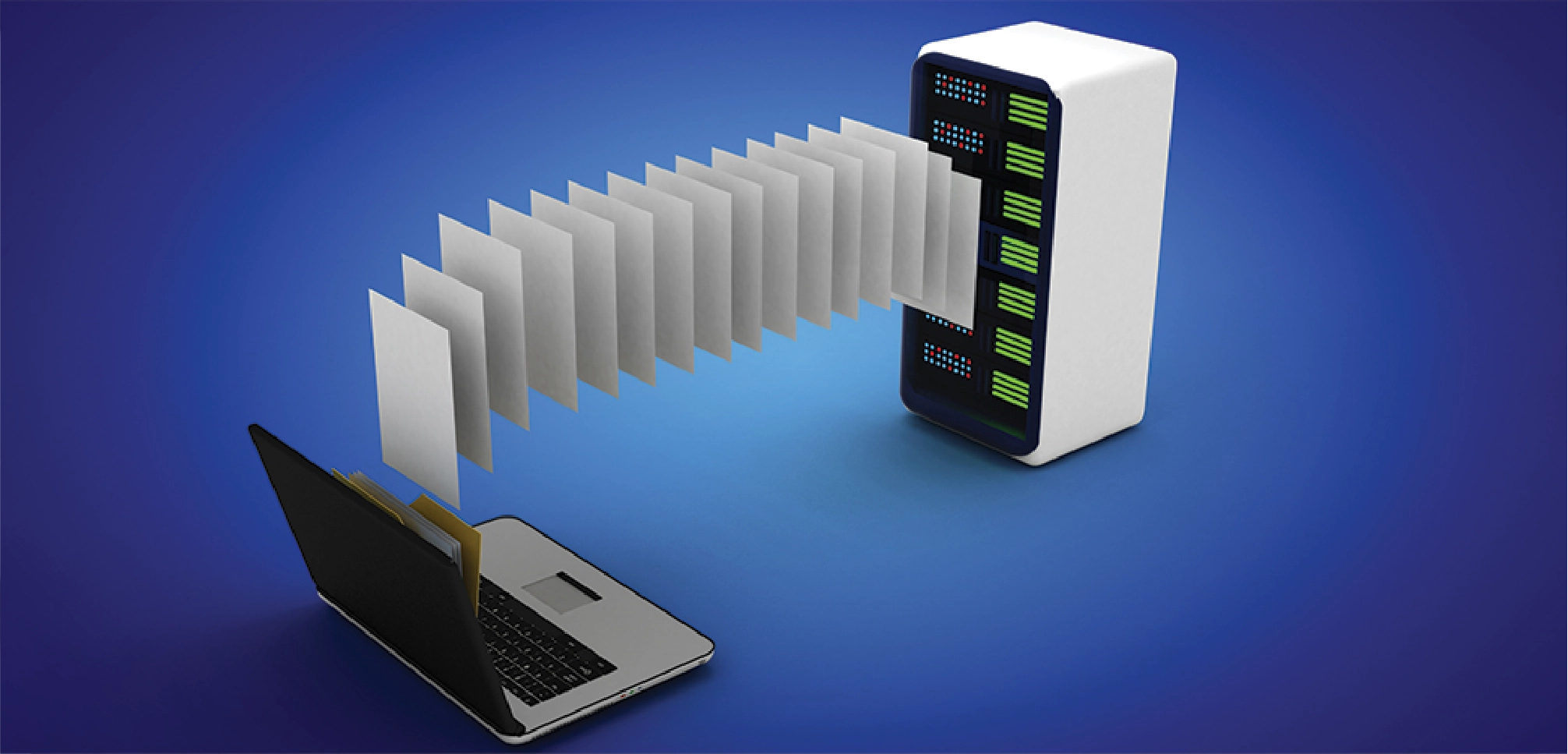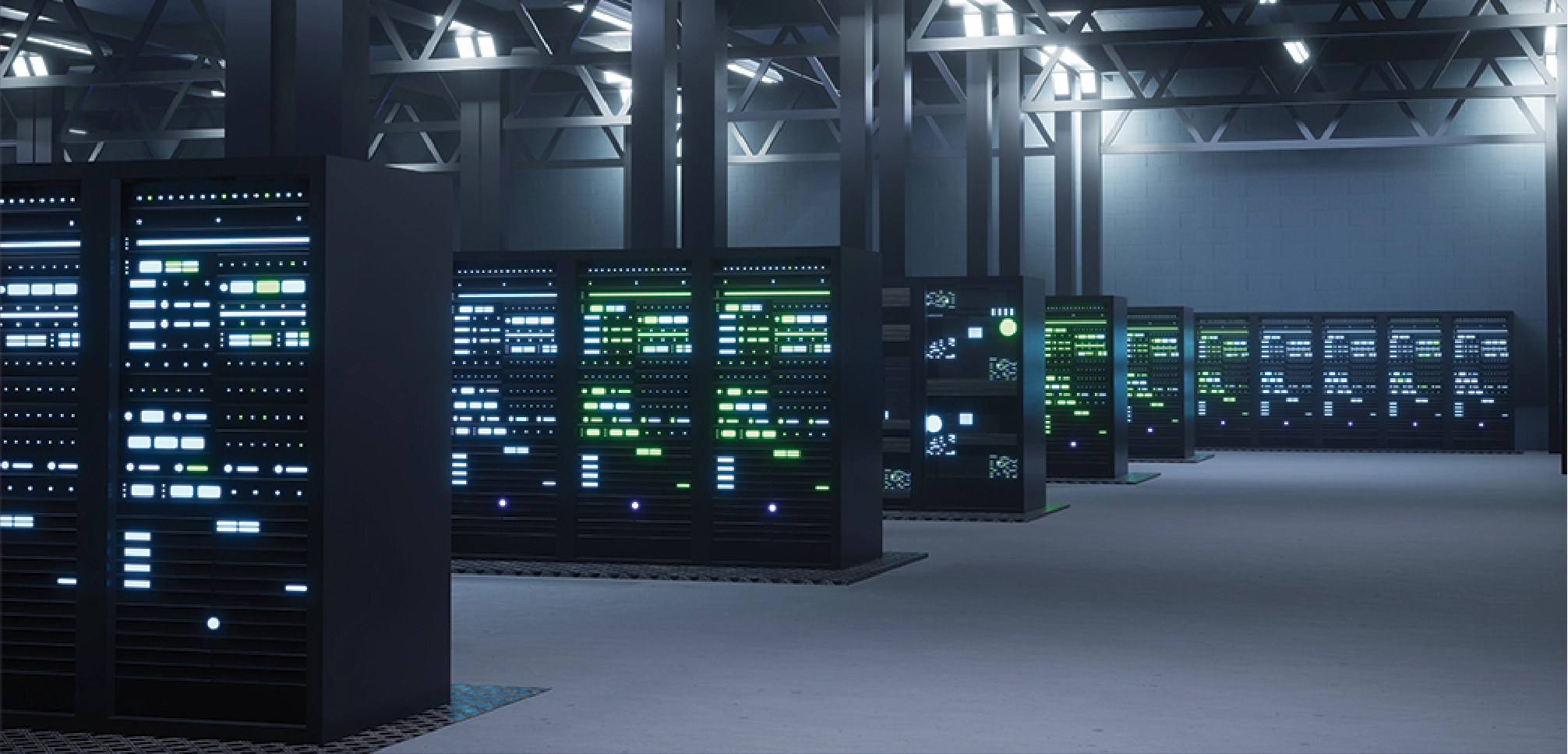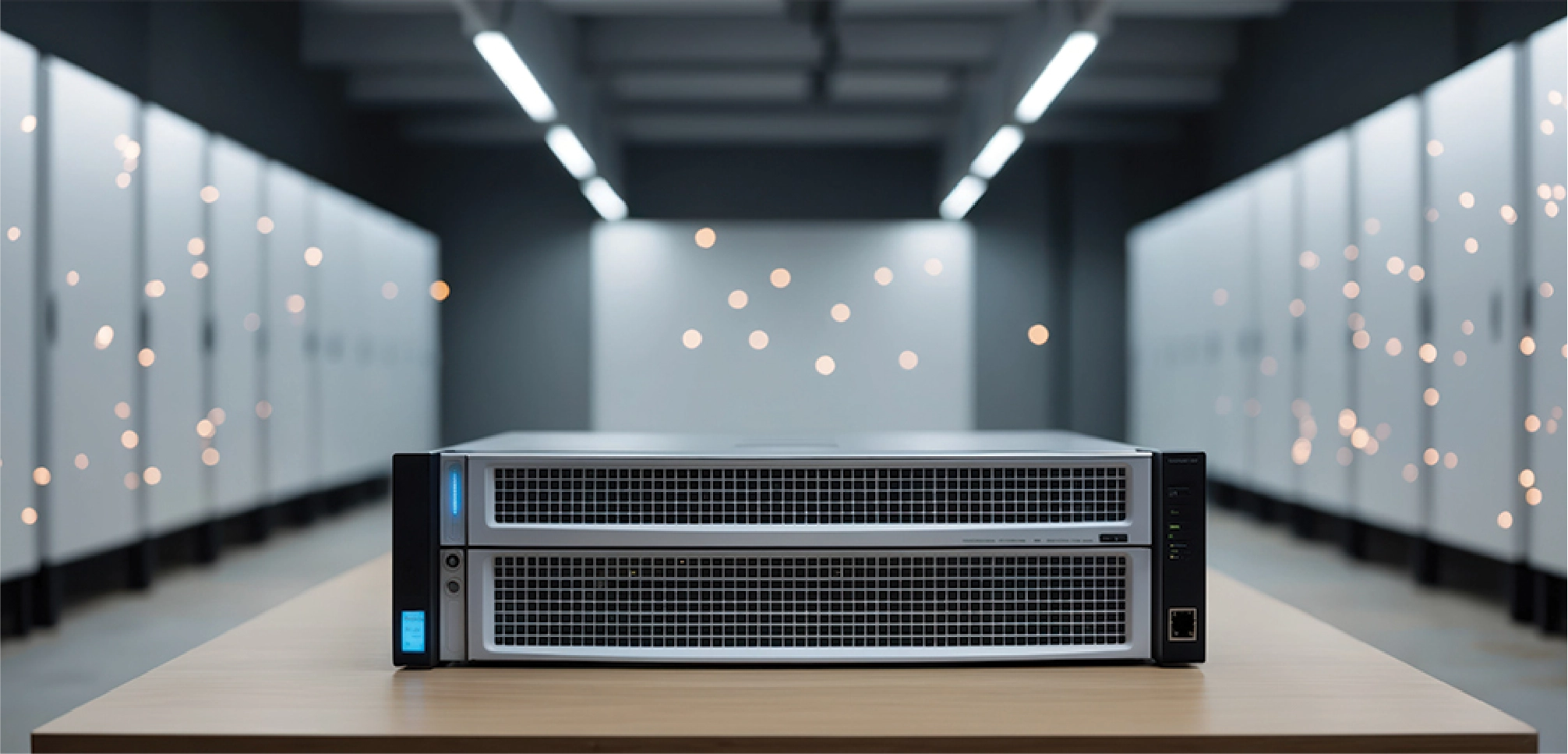
2025 Guide to Dell VxRail and PowerFlex SDI
7/8/2025 12:00:00 AM
Organizations in Nepal are exploring next-generation IT frameworks that can handle growing workloads, evolving security needs, and cloud integration. Hyperconverged Infrastructure (HCI) is no longer a buzzword; it’s a foundational shift in how companies deploy, manage, and scale their IT systems. Among the frontrunners of this evolution, Dell Technologies delivers an exceptional HCI portfolio that is now accessible in Nepal, thanks to local partners like Neoteric.
What is Dell Technologies' Hyperconverged Infrastructure (HCI)?
Dell Technologies Hyper-Converged Infrastructure (HCI) is a modern, software-defined IT architecture that combines computing, storage, and networking into a single, unified system. Designed to reduce complexity and improve scalability, Dell's HCI is engineered for efficiency and speed. By removing the silos of traditional infrastructure, Dell HCI offers seamless resource management and intelligent automation for virtualized workloads.
Whether it's a large-scale enterprise or a mid-sized business, Dell's HCI is optimized to adapt to diverse operational needs, delivering reliability, high availability, and simplified management through a single pane of glass. This system is ideal for organizations transitioning to hybrid or multi-cloud environments, especially those in Nepal looking to future-proof their infrastructure.
Key benefits of Dell Technologies HCI include
-
Unified software-defined environment
-
Scalable node-based architecture
-
Built-in lifecycle automation
-
Single-point infrastructure control
Neoteric, one of Nepal's leading ICT infrastructure distributors, facilitates the delivery, deployment, and support of Dell HCI solutions in Nepal, including Dell VxRail and PowerFlex SDI, making these global technologies easily accessible to Nepalese enterprises.
Dell VxRail Nepal
Dell VxRail distributor Nepal is the flagship offering in Dell’s HCI portfolio, specifically optimized for VMware environments. It is a turnkey HCI solution that tightly integrates Dell EMC hardware with VMware software for a consistent and seamless virtual infrastructure experience.
Key Features of Dell VxRail:
1. Full Stack Integration: VxRail delivers a comprehensive integration of hardware and VMware software, enabling centralized management, deployment, and operations. This creates a consistent experience across on-premises, edge, and cloud environments.
2. Lifecycle Management: Through VxRail HCI System Software, organizations get built-in, automated lifecycle management. IT teams can easily update the entire stack without disrupting ongoing operations.
3. Flexible Scalability: Start small and scale easily with node-based growth. VxRail supports a wide range of configurations, allowing organizations to choose the ideal balance of performance and capacity.
4. Intelligent Automation: With integration into VMware Cloud Foundation, VxRail automates networking, storage, and compute provisioning, dramatically reducing manual tasks.
5. Core-to-Cloud Readiness: Whether you want to expand to edge computing or leverage public cloud platforms, VxRail is built for flexibility and seamless hybrid integration.
Organizations deploying the Dell VxRail distributor in Nepal benefit from its ease of use and robust performance. Through Neoteric’s localized support and distribution capabilities, businesses across sectors, from banking to telecommunications, can now integrate VxRail into their core systems.
PowerFlex SDI Nepal
As digital operations become increasingly data-driven, the need for flexibility and high-performance infrastructure becomes paramount. Enter PowerFlex SDI Nepal, Dell’s leading software-defined infrastructure solution designed for modern IT environments requiring elasticity and multi-cloud readiness.
PowerFlex SDI Highlights:
-
Software-Defined Storage (SDS): Combines block and file storage into a single system with scale-out architecture.
-
Flexible Compute Integration: Compute and storage scale independently, enabling organizations to customize infrastructure based on workload demands.
-
Workload Versatility: Ideal for transactional databases, high-performance computing, container orchestration, and enterprise-level virtualization.
-
Multi-Cloud Support: Seamlessly operates across public and private clouds, providing IT teams with granular control and cost-efficient scaling.
-
Centralized Management: Offers a unified control plane for both virtual and container-based environments, ensuring streamlined operations and reduced overhead.
PowerFlex SDI in Nepal is increasingly popular among businesses that require mission-critical operations to run seamlessly across hybrid environments. With Neoteric providing infrastructure planning and deployment services, PowerFlex offers Nepalese organizations a pathway to advanced, efficient, and future-ready IT ecosystems.
Dell VxRail vs. PowerFlex: Which One Is Right for You?
|
Feature |
Dell VxRail |
PowerFlex SDI |
|
Optimized For |
VMware-centric workloads |
Diverse, containerized workloads |
|
Scale |
Node-based, vertical, and horizontal |
Compute and storage scale independently |
|
Integration |
Deep VMware integration |
Flexible across virtualization platforms |
|
Ideal Use Cases |
VDI, general virtualization, and remote offices |
Big data, databases, DevOps, AI/ML |
|
Lifecycle Automation |
Built-in, automated updates |
Requires strategic planning |
For enterprises in Nepal, the decision between Dell VxRail distributor Nepal and PowerFlex SDI Nepal often comes down to workload specificity and scale of deployment. VxRail is a natural fit for VMware-heavy environments, while PowerFlex excels in multi-cloud, containerized, and high-performance scenarios.
Why Does Dell Hyperconverged Infrastructure Matter in Nepal?
Nepal’s business landscape is undergoing rapid digitization. With the expansion of broadband, growth in e-commerce, and increased reliance on digital systems in healthcare, finance, and education, the need for robust IT infrastructure is more critical than ever.
Dell’s hyperconverged infrastructure solutions provide Nepalese enterprises:
-
Reduced TCO: By eliminating unnecessary hardware and manual labor
-
Fast Deployment: With simplified setup and management tools
-
Scalable Architecture: To accommodate growth without overhauls
-
Enterprise-grade Security: Protects against modern cyber threats
Local distributors like Neoteric ensure that these technologies are not only available but also supported through end-to-end service offerings from design consultation to deployment and post-sales support.
Benefits of Adopting Dell HCI Solutions Nepal
1. Business Continuity: Built-in redundancy and high availability ensure mission-critical applications stay online.
2. Enhanced Productivity: Simplified IT management allows teams to focus on innovation rather than maintenance.
3. Multi-Cloud Flexibility: Support for hybrid cloud environments enhances agility and cost control.
4. Data Centralization: Unifying storage and compute simplifies governance, analytics, and compliance.
5. Optimized IT Resources: Teams can do more with less, which is ideal for businesses looking to streamline operations without expanding staff.
Conclusion
In 2025, modern businesses in Nepal can no longer rely on traditional, siloed infrastructure. Whether you’re a growing startup, a medium enterprise, or a major institution, embracing hyper-converged solutions such as Dell VxRail Nepal and PowerFlex SDI Nepal will prepare you for the future of IT.
With advanced performance, simplified management, and seamless cloud integration, Dell's Hyperconverged Infrastructure is redefining what it means to be modern and agile. Through its partnership with Neoteric, Dell ensures these global innovations are tailored to Nepalese needs, backed by local support and industry expertise.
From streamlining virtualization to enabling cloud-native applications, Dell HCI is not just infrastructure; it’s the digital foundation your business needs.
Frequently Asked Questions:
What is the difference between VMware and VxRail?
VMware is a virtualization platform, while VxRail is a hyperconverged infrastructure appliance that integrates VMware software with Dell hardware to deliver a turnkey solution.
What is a Dell VxRail?
VxRail is a fully integrated HCI appliance built on VMware technology, providing compute, storage, and virtualization in a single solution. For tailored deployment in Nepal, Neoteric helps you choose the right VxRail configuration.
Is VxRail a server?
Not just a server, VxRail is an entire infrastructure system combining servers, storage, and virtualization in one solution.
What are the benefits of VxRail?
It simplifies deployment, automates lifecycle management, reduces costs, and integrates seamlessly with VMware environments.
How to install Dell VxRail?
VxRail is pre-configured for quick deployment. Installation typically involves rack-mounting, network configuration, and software activation via the VxRail Manager. Neoteric’s expert team assists Nepalese businesses with this process.
What processor is in the Dell VxRail?
VxRail appliances use Intel Xeon Scalable processors, optimized for high-performance workloads.
What are the disadvantages of VxRail?
Higher upfront costs and dependency on the VMware stack might not suit all IT environments.
What is the maximum cluster size in VxRail?
As of 2025, VxRail supports up to 64 nodes in a single cluster.
